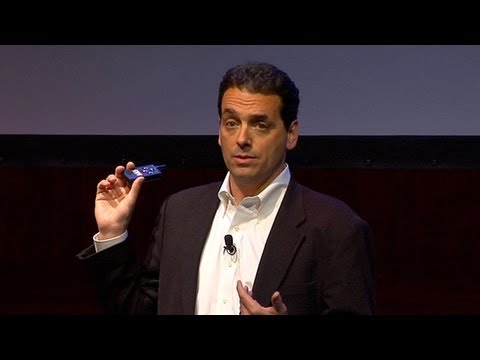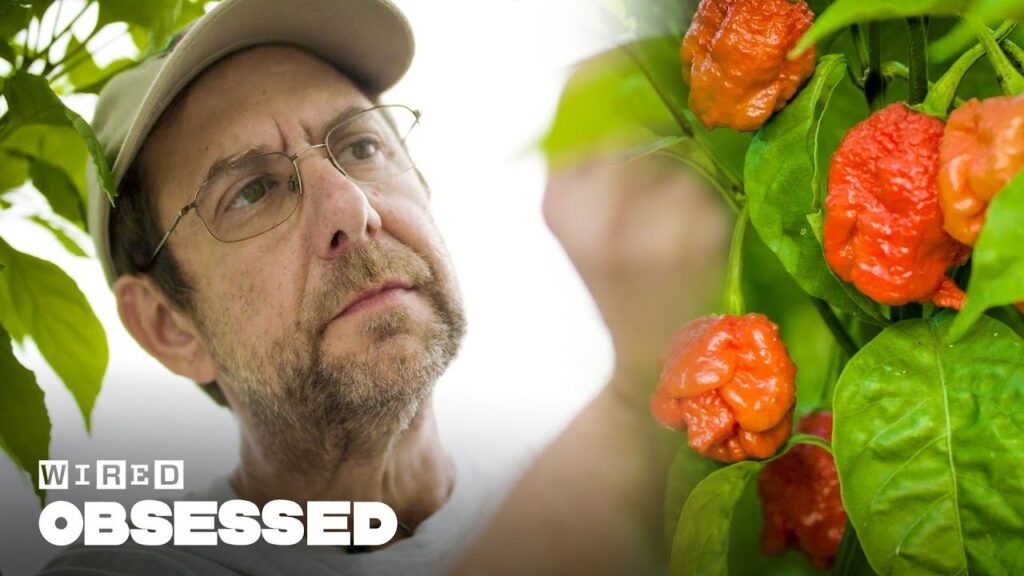Animal Adaptations to Climate Change: From Lizards to Birds
Summary
Climate change is causing animals to adapt in unexpected ways across the globe. From lizard behavior adaptation experiments during hurricanes to arctic bird feeding patterns, animals are changing their bodies, behavior, and evolving in real-time to cope with the effects of climate change. While some species have the genetic ability to adapt more quickly than others, studying these adaptations can help identify key species that need conservation efforts, as well as inspire us to make changes in our own behavior to mitigate climate change.
Table of Contents
- Anole Lizard Adaptation during Hurricane and Natural Selection
- Humboldt Squid Size Reduction due to Marine Heat Waves and Plasticity
- Little Auk Behavior Adaptation to Changing Food Sources in the Arctic
- Implications for Conservation and Lessons for Humans
Anole Lizard Adaptation during Hurricane and Natural Selection
Biologist Colin Donahue studied a small lizard, the Anole lizard, on Pine Key in Turks and Caicos Island in 2017. The same year, Hurricane Irma and Maria struck the island, which provided a natural laboratory to study the lizards’ natural selection in response to climate change in real-time. Donahue found that the surviving lizards had larger toe pads and shorter back legs than the population he had measured before the hurricanes. By testing lizards’ reaction to hurricane-force winds with a leaf blower, he confirmed that shorter back legs and larger toe pads helped the lizards hold on for a few seconds longer, increasing their chances of survival during hurricanes. Studies across the Caribbean show that Anole lizards have evolved to have bigger toe pads, stronger front legs, and shorter back legs wherever hurricanes are more frequent.
Humboldt Squid Size Reduction due to Marine Heat Waves and Plasticity
Humboldt squid, also known as jumbo squid, usually grow to be three to six feet in length. However, a series of marine heatwaves swept through the Gulf of California, causing the squid to reduce their body size by over 50% in response to the higher water temperature. This adaptation mechanism known as plasticity is inherent in the genome of species. The Humboldt squid continued to reproduce their entire life before the stress caused by higher water temperature resulted in a reduction in size. While this could be a “win” for the species to thrive in higher numbers in its new form, biologists are hesitant to classify this as it is a response to stress and not the optimal body size for the species.
Little Auk Behavior Adaptation to Changing Food Sources in the Arctic
The Little Auk or Dove keys feed along the edge of the ice flows where there is a lot of plankton. However, as the ice flows began to shrink and retreated from the islands where the Dove Keys breed, they had to fly increasingly longer distances to retrieve the plankton. To study how the Dove Keys adapted to the changing environment, scientists put transmitters on the birds and found they had found a new food source at the mouth of the fjord where the milky blue meltwater from island glaciers was slamming into the dark cold currents of the Arctic Ocean, creating a place of plenty for the Dove Keys to feed upon. This flexibility in behavior allowed them to adapt to the changing environment, and it intuitively suggests the need for conversation before it is too late for such astonishing creatures.
Implications for Conservation and Lessons for Humans
Climate change biologists are learning which species are more resilient and which are most at risk, so that conservation efforts can be concentrated on those who need it the most. As humans, we can take inspiration from these plants and animals in terms of our own response to the crisis. If a tiny lizard can evolve in response to climate change, then it stands to reason, we can modify our behavior to take action against climate change. The experiments spanning different regions and species send us a warning call to take care of our biodiversity or face the consequences.
Conclusion
Climate change affects not only the temperature and the ocean but the entire ecosystem that ensconces us. This adaptation experiment on animals teaches many insights about evolution happening in real-time, the plasticity inherent in many species of animals, and the kind of quick behavior adaptations exhibited by several animals. While some species have the genetic ability to adapt more quickly than others, studying animal adaptations to climate change can help researchers identify which species need conservation efforts. It also inspires our behavior to mitigate climate change before it is too late for everyone.







